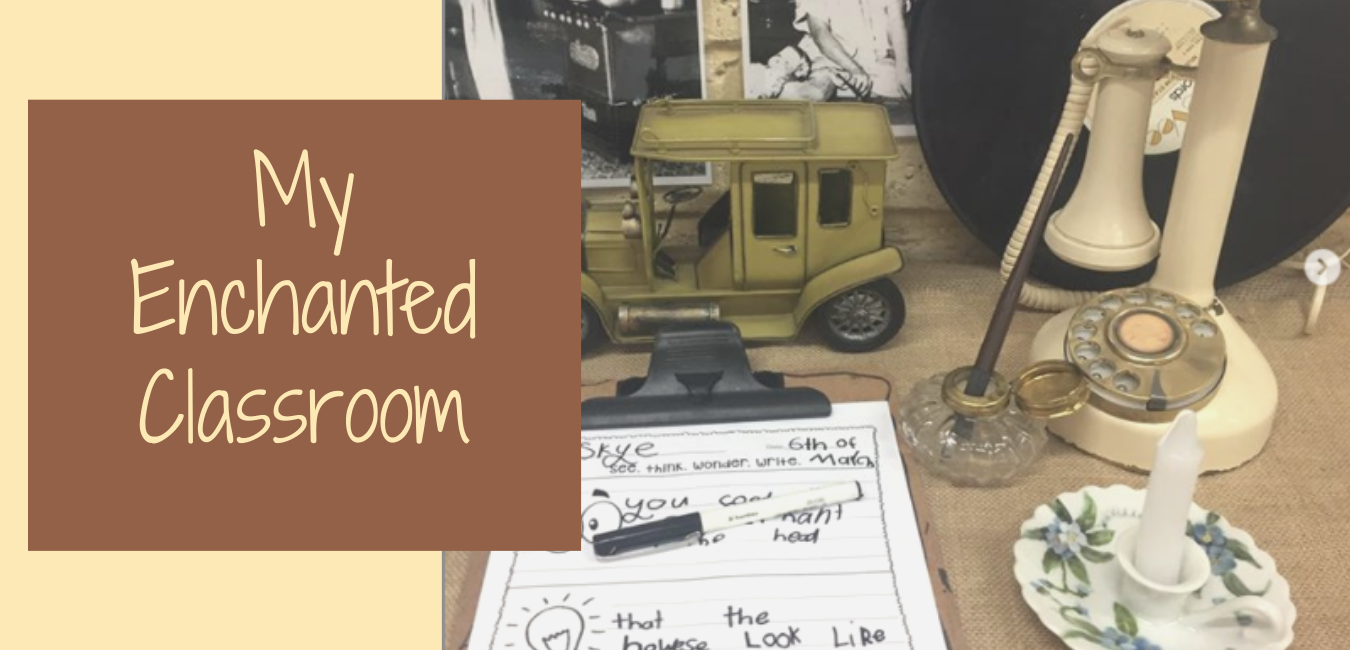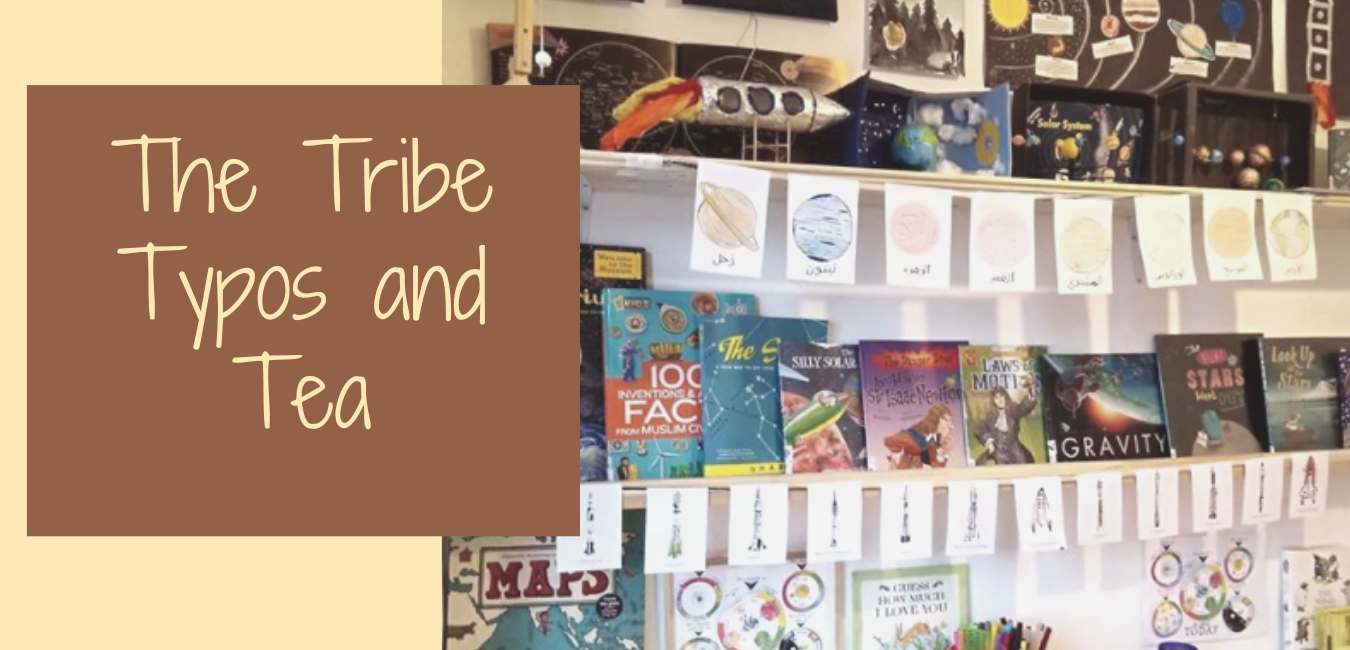This post may contain affiliate links, which means I’ll receive a commission if you purchase through my link, at no extra cost to you. Please read full disclosure here.
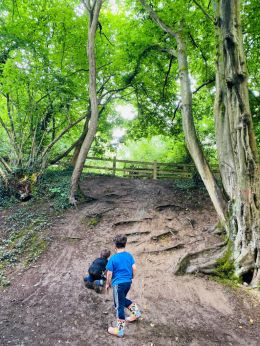
Have you ever wanted to follow your child’s interest to homeschool don’t know how child-led homeschooling works? Many of us were raised by the mainstream educational system and although it may have benefited us in other ways. It is difficult to break free from the repetition of monotone learning.
I’m not saying that there is anything wrong with it. Yes, for some us, it worked and benefitted us greatly. Whilst, for others it broke them down and made them loose their passions. We often ask ourselves what is the best way to homeschool? However, let me clarify this is an example you can follow. Eventually you will get your own way of implementing it. This is one way of implementing child-led learning. If you have more ideas, add them to the comments to benefit everyone!
One thing that may unite us all is the fact that we want our children to embrace their passions! Or maybe you don’t; maybe you just want your child to be enthusiastic about learning or you may want them to become closer to their religious roots. There are so many reasons why people unschool or practice child-led shomeschool!
However, what are the top tips for unschooling and child-led homeschooling? I have 6 ideas for you with example:

The first task in beginning child led learning is interest. You need to keep an eye on what your children love and enjoy. Listen out for what they question you on and what they spend hours doing. Now, I know..some children are really reserved and might see as though they don’t have any interest. Trust me! I have a next generation who is a bit older and just says ‘’No’’ to anything that isn’t a computer game or youtuber.
Personal Story (You can skip this bit if you want): However, the last time I asked him if he would like to go out anywhere and you know what he said? A BIG RESOUNDING NO. So what did I do? I got him up and said ‘’We are going to the Art Gallery on Tuesday.’’. No questions, nothing. I knew this because he always drew comics. During the times he isn’t allowed to indulge in technology. He picks up a sketch book and creates his own comics. I took him to the art gallery and he fell in love. It was so memorable, the guide told us there would be a new exhibition the following week and he asked if he could come back and visit it. We had so much laughter that time.

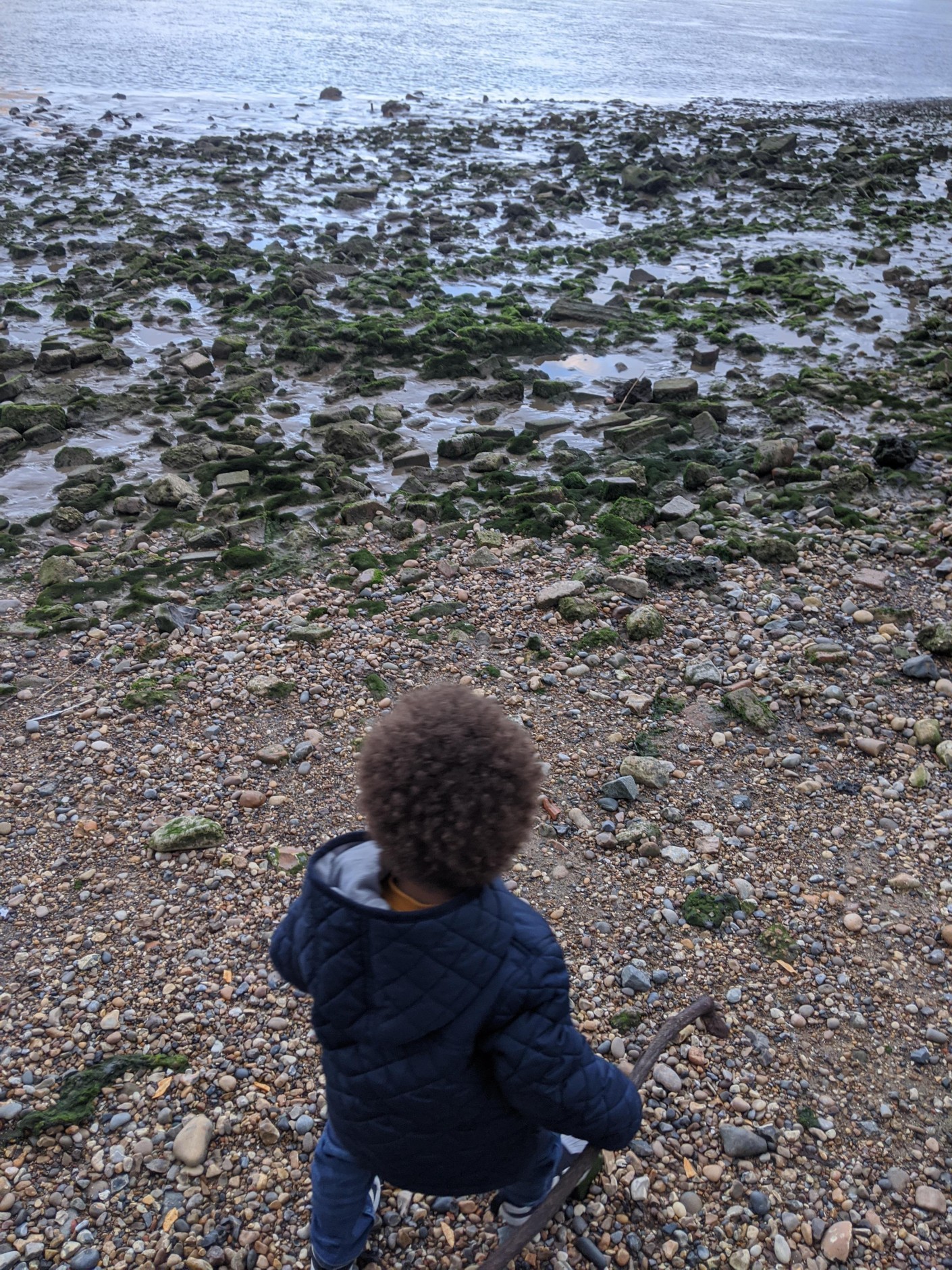

Now, why am I mentioning this story? If you didn’t read it: it’s about a child who seemed to have no interest. The point is, everyone has interest and passions, no matter their age. However, these interests are built from experiences. You need to get out and get down with your child to find out what they are interested in. Have meaningless conversations not ‘’What are you doing’’ or ‘’Why did you do that.’’ Maybe a simple ‘’Can I play with you?’’ or ‘’Can we draw together.’’. Children really come out of their shell when you take an interest in them at their own time.

So what do you do with that information? You sit, you listen and you observe. It’s the same cycles early years observers use who implement a child-led curriculum. This is the observation section.

Here is a quick summary of what I was saying in the paragraph:
(You know, in case you don’t have time to read everything because one of your children is pulling the others’ hair out and you’ve shouted over to them to stop a dozen times or you need to cut your onions and the oven is on…)
- Jot down the child interests
- Observe what they talk about and spend the most time doing
- Listen to the questions they ask,
- Give them opportunities to build interests. It’s really handy to have a kids pass in this place so you don’t have to keep forking out the cost. (Take them out!)
- Spend time that is not objective led with them.
- Let them lead the play, rather than trying to teach them all the time

- Mind Maps – homeschool planning
You may question why mind maps are important? I’ve been teaching for years and yes, whilst I can automatically extend a child’s interest due to experience. I AM NOT GOOGLE. I don’t have the information at hand or sometimes even remember what I did yesterday rather than plan for a topic. Now, i’m not talking about creating rigid worksheets etc..
Im talking about making an outline of what you can explore here is an example I did on my surface pro:
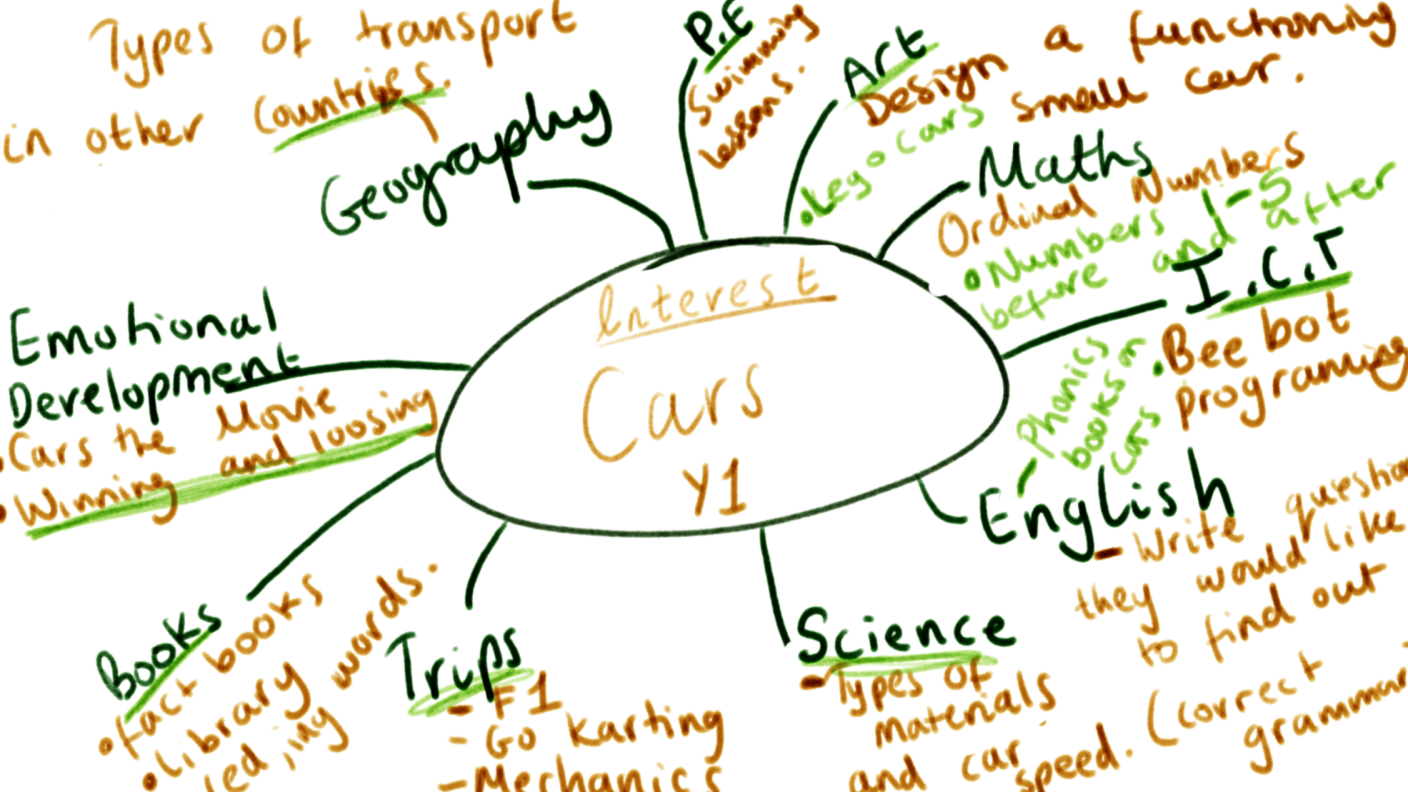
To add more structure. I would advise to have the national curriculum on the wall to ensure that your experience is purposeful. I usually underline the mixed ages so I know what the younger one would do and the older one. Most of the time the subjects interlink and you don’t have to teach anything different. Especially the trips, Children will benefit differently depending on their age.
For example; A two year old will learn the difference between the sound of a car and train. Whilst a six year old may learn about the different types of cars that exist and how the surface impacts them. You can go on a trip more than once!
I have also highlight the curriculum so I know what objectives you’ve covered throughout the year. I have included and example for mixed ages. If you have a 3 year old and a 6 year old:
Here is a quick briefing on what’s in my mind map:
Interest: Cars Year 1 and Nursery
- Geography: Types of transport in different countries E.g: Red busses in England, Camels in Arabia, Trotro in Ghana or looking at different types of emergency vehicles
- P.e: Swimming Lessons
- Emotional Development: Cars The Movie (Discussing at Wining and Loosing), Famous ethnically diverse drivers. I would seriously recommend that you follow the ‘’Big life Journal’’ to help you work on this! They have some amazing tips!
- Books: Fact Books on cars, trip to the library, reading -ed , -ing words
- Trips: Formula 1 racing track, Transport Museum, Go Karting, Visiting the Mechanics.
- Science: Look and how toy cars move on different materials and measuring the distances
- English: Have little one write questions on everything they would like to find out about cars; have them write a letter to the mechanics to ask for a visit, Write to am Formula 1 racing driver. Read Phonics books on cars and focus on the ‘’ar’’ diagraph.
- I.C.T: Beebot (I’ve included a link to buy one off amazon if you click the word)
- Maths: Ordinal Numbers, Numbers 1-5 (What comes before and after?)
- Art and Design: Design a functioning car (You can have a look at that here)
- P.E: Swimming lessons.
Here is the highlighted curriculum that I did on my surface pro so you can see how they link: got the national curriculum overview from Twinkl.

Now creating a mind map isn’t easy, especially your first time, it will take some time getting used to. Eventually it will come naturally. However, during this process here are some key questions you have to ask yourself.
- What don’t they know about this interest?
- What does this interest teach them about maths and English?
- Where can we visit to learn more?
- How do we represent our learning in our environment?
- How many weeks will we focus on this topic?
- Why did I choose this activity?
- How does it link to real life scenarios?
This Amazing child-led homeschool example was completed by ilmexplorers_homeschool
Here is a tip! If you focus on the topic for a long time (Which you can) I would say just look at the national curriculum objectives and add more! An interest usually last from 1 week to 6 weeks. You can make it longer or shorter. Just keep in mind not to bombard them with information. This will rely on your personal homeschool timetable.

Now, You need support! I’m telling you. I’m coming up to 10 years of teaching experience and I still doubt myself! I’m also always learning! So follow people who implement child led learning.
Here are a few from instagram pages run by amazing and helpful individuals: myenchantedclassroom, thetribetyposandtea and ilmexplorers_homeschool
If you don’t have instagram join a whatsApp or Telegram groups. If you guys know any, place them in the comments below!
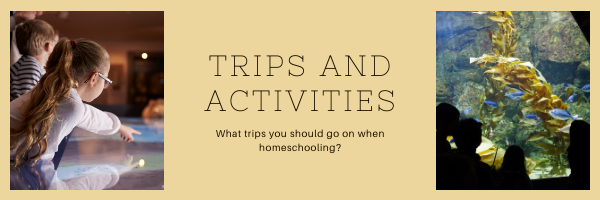

Unschooling and child led learning take experiences! Don’t just print out a bunch of worksheets and expect your little one to be happy to do it! Unless that’s how they genuinely enjoy it. Child-Led homeschooling is different for everyone! You need to go out there and make the experiences hands on. Yes, sometimes you can sprinkle worksheets and books here and there.
The whole idea is to make learning real and purpose. Why do I need to write the word ‘’dear’’ at the beginning of my letter? Why do I need to use descriptive words in my story? Give them a reason for learning to create and build scenarios to make it important. Why do I need to create a poster about pollution? Who am I going to show it too? What is it for!?

You have to get down on your hands and knees. You’re going to get oil on your pretty blue dress from the mechanic. You’re going to have to pretend you’re intrigued by the spider on the flower. If you don’t show enthusiasm, it will rub off. Sometimes you’ll get over your fear of bugs and hold a chicken for the first time. It’s important that they see that! It’s important they see how you grow!
Here is an example of unschooling and child led homeschooling:
I hope this blog post helps your child on their learning journey

